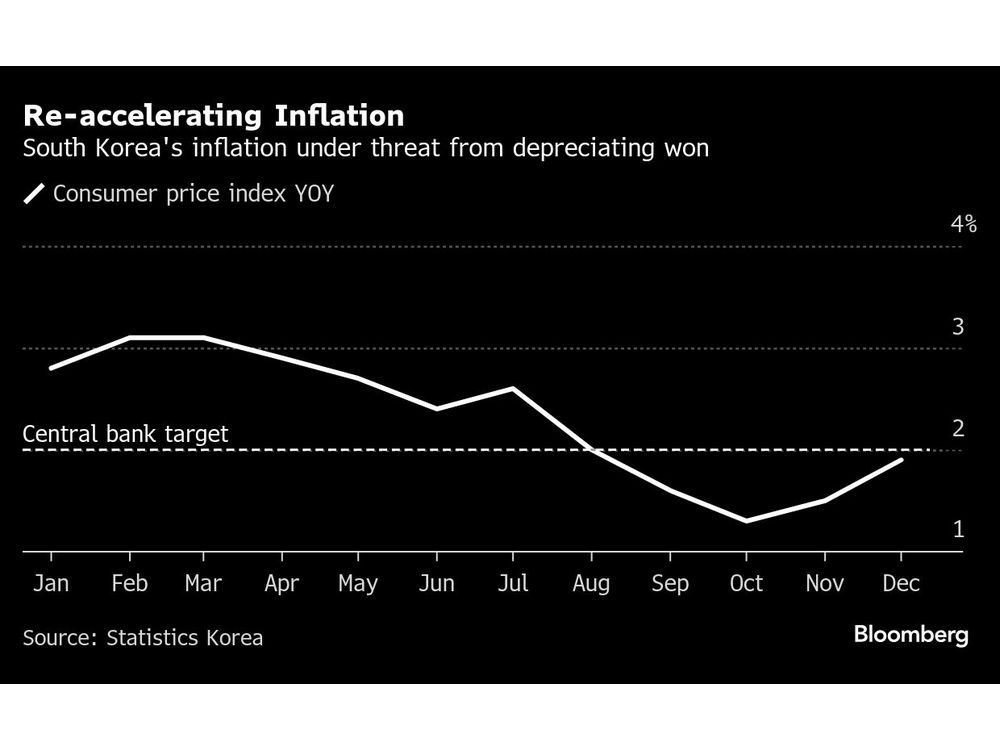Companies are always looking for ways to improve their financial performance and operations. By adopting various strategies and optimizing internal processes, they aim to become more cost-effective and stay competitive. One cost companies try to control the most includes ordering costs.
What are Ordering Costs?
Ordering costs, also known as procurement costs or setup costs, are the expenses incurred by a company when placing an order for raw materials, goods, or services from suppliers. These costs are associated with purchasing and receiving inventory to maintain the company’s operations. By carefully managing ordering costs, companies can enhance their supply chain efficiency and overall financial performance.
Efficient management of ordering costs is essential for companies to optimize their procurement processes and achieve cost-effectiveness. Striking a balance between ordering costs and holding costs is crucial to maintain an optimal inventory level and preventing overstocking or stockouts, which can negatively impact a company’s profitability.
What do Ordering Costs include?
Ordering costs can include various expenses, such as the following.
Purchase requisition costs
Costs associated with preparing and processing purchase requisitions, including administrative expenses and staff time
Supplier search and selection
Costs related to identifying potential suppliers, conducting supplier evaluations, and negotiating contracts
Purchase order processing
Costs involved in creating and processing purchase orders, such as administrative expenses and paperwork
Communication and coordination
Costs associated with communicating with suppliers, confirming order details, and coordinating delivery schedules
Shipping and handling
Costs for transporting the ordered goods from the supplier to the company’s premises, including freight charges and handling fees
Quality control and inspection
Costs incurred to ensure that the received goods meet the required quality standards
Inventory holding costs
Though not directly ordering costs, companies may consider holding costs for inventory as part of the overall cost associated with the ordering process.
How to calculate Ordering Costs?
The formula for ordering costs is as follows.
Total ordering costs = Purchase requisition costs + Supplier search and selection costs + Purchase order processing costs + Communication and coordination costs + Shipping and handling costs + Quality control and inspection costs + Other relevant costs
The above ordering costs formula covers every item companies might include within this head. Otherwise, companies might have a different way to calculate it. Therefore, there is no specific formula for ordering costs. It might differ for each company.
How can companies reduce Ordering Costs?
Companies can implement several strategies to reduce ordering costs and optimize procurement processes. Given below are some effective ways to achieve cost reduction.
- Consolidate orders by combining smaller orders into larger, less frequent ones to reduce administrative costs.
- Implement electronic ordering systems to streamline the process and enhance communication with suppliers.
- Negotiate better terms with suppliers, such as discounts and favourable payment conditions, to achieve cost savings.
- Centralize procurement to standardize processes and improve coordination, leading to better negotiation power.
- Adopt a Just-in-Time inventory system to minimize stockpiling and reduce inventory holding costs.
- Regularly review inventory levels and adjust order quantities based on demand to avoid overstocking or stockouts.
- Automate reorder points for frequently used items to ensure timely replenishment and reduce manual intervention.
- Standardize products across different departments or projects to simplify ordering and facilitate bulk purchases.
- Optimize shipping and handling costs by choosing cost-effective shipping options and consolidating shipments.
- Improve internal communication related to procurement to avoid duplication of orders and maintain awareness of inventory levels.
Conclusion
Ordering costs are expenses associated with obtaining inventory from a supplier. It might include several items such as purchase requisition, supplier search, and selection, purchase order processing, shipping and handling, etc. Companies must use strategies to reduce these costs to a minimum to increase profitability.
Further questions
What's your question? Ask it in the discussion forum
Have an answer to the questions below? Post it here or in the forum


South Korea’s consumer inflation gained pace as political turmoil weakened the local currency, threatening price stability in a country heavily reliant on imports for food and energy.



TORONTO, Dec. 30, 2024 (GLOBE NEWSWIRE) — Ninepoint Partners LP (“Ninepoint Partners”) today announced the final December 2024 cash distributions and annual notional capital gains distributions for its ETF Series securities. The record date for the distributions is December 31, 2024 for all the ETF…